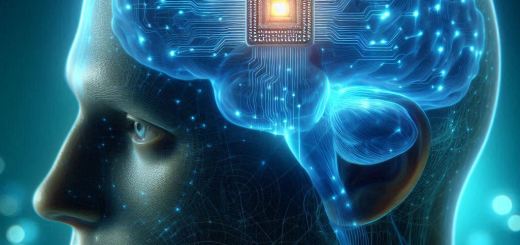The Deep Impact of Deepfake on Fundamental Rights

Deepfake technology, which involves creating highly convincing synthetic media by using artificial intelligence to manipulate or generate content, has the potential to significantly impact fundamental human rights, especially in the realm of privacy. Here are several ways in which deepfake technology can affect human rights, particularly privacy:
Privacy Invasion:
- Impact: Deepfake technology can be misused to create fabricated content that invades an individual’s privacy. Personal images or videos can be manipulated to generate misleading, inappropriate, or false narratives, causing harm to the subject’s reputation and personal life.
Identity Theft and Impersonation:
- Impact: Deepfakes can be used to impersonate individuals convincingly. This poses a serious threat to personal and professional relationships, as malicious actors can use manipulated content to deceive others, engage in fraudulent activities, or damage someone’s public image.
Misinformation and Reputation Damage:
Impact: Deepfakes can spread false information and rumors, leading to reputational harm. Individuals may find themselves falsely implicated in events or situations, affecting their personal and professional relationships, and potentially leading to social isolation or job loss.
Cyberbullying and Harassment:
- Impact: Deepfake technology can be exploited for cyberbullying and harassment. By manipulating content to portray individuals in compromising or offensive situations, perpetrators can inflict emotional distress and harm mental well-being.
Undermining Trust and Authenticity:
- Impact: Deepfakes challenge the authenticity of digital content, making it difficult to trust the veracity of information, images, or videos online. This erosion of trust can have broader implications for democratic processes, journalism, and public discourse.
Political Manipulation and Disinformation:
- Impact: Deepfake technology can be used to create misleading political content, manipulating speeches or appearances of public figures. This can lead to the spread of disinformation, influencing public opinion and potentially undermining the democratic process.
Consent and Control Over Personal Imagery:
- Impact: Deepfakes can be created using images or videos without the consent of the individuals featured. This raises concerns about consent and control over one’s own likeness, as individuals may lose control over how their image is used and manipulated.
Legal and Ethical Concerns:
- Impact: The rise of deepfake technology raises complex legal and ethical questions. Existing laws may be insufficient to address the challenges posed by deepfakes, and legal frameworks may need to adapt to ensure individuals are adequately protected from the misuse of their personal information.
Impact on Vulnerable Communities:
- Impact: Vulnerable individuals or communities may be disproportionately affected by deepfake technology. Discriminatory and harmful content can be targeted towards specific groups, exacerbating existing social inequalities and marginalizing certain communities.
Surveillance and Security Concerns:
- Impact: Deepfakes can be weaponized for malicious purposes, including surveillance and security breaches. This technology could be used to create sophisticated phishing attacks or manipulate security footage to deceive authorities.
Addressing the potential threats posed by deepfake technology requires a multidimensional approach, involving technological advancements, legal frameworks, education, and public awareness to safeguard fundamental human rights, particularly the right to privacy.
Word Count: 479 words



